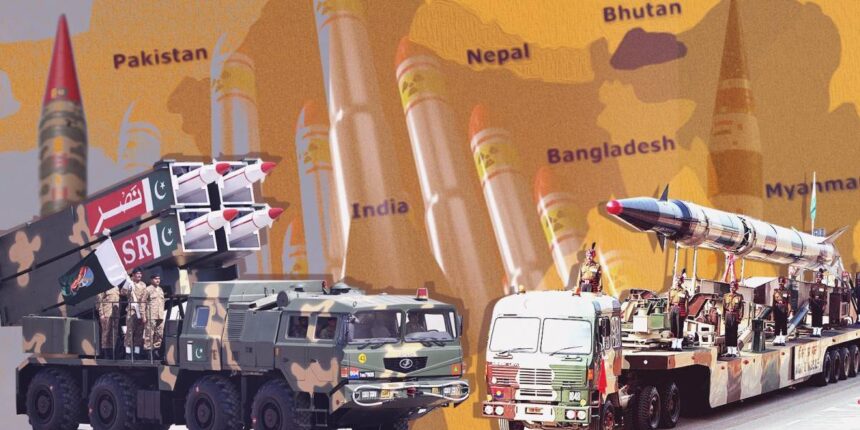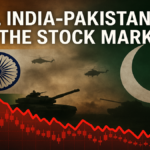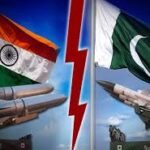The possibility of a war between India and Pakistan is not just a matter of South Asian security, but could also serve as a battlefield for testing the military might of both Chinese and Western weapon systems. As tensions rise, analysts and military planners worldwide are preparing to monitor a potential clash that would bring Chinese-made and NATO-standard weaponry into direct combat.
Introduction: A Critical Moment in Military History
The escalating tensions between India and Pakistan have drawn the world’s attention. As both nations’ arsenals are put to the test, the arms industry stands to gain valuable insights into the performance of cutting-edge military technology. The current conflict could become a proving ground for both Chinese and Western weapons, offering a rare opportunity to evaluate these systems in a real-world combat scenario.

Rivalry at Play: The Pakistani and Indian Military Arsenal
Pakistan’s arsenal consists primarily of Chinese-made weapons, including the JF-17 fighter jet, co-developed with China, and a variety of artillery systems. On the other hand, India boasts a mix of French, Russian, and domestically-produced hardware, such as the Rafale fighter jet, which has recently bolstered India’s capabilities. In the event of a conflict, these weapons would be pitted against each other, creating an unprecedented military engagement.
The Stakes: Testing Chinese vs Western Military Systems
A potential India-Pakistan war would serve as a direct comparison between Chinese and Western military systems. For instance, Pakistan’s JF-17 fighter jet, equipped with advanced Chinese radar and missiles, could face off against India’s French-built Rafale, which is equipped with superior radar and missile technology. This aerial duel would not only showcase the capabilities of these planes but also send shockwaves through global arms markets, influencing military purchasing decisions worldwide.
Escalation and Deterrence: A Dangerous Game
Both countries are posturing to establish escalation dominance. The goal is to ensure that the opponent understands the high cost of confrontation. As the situation intensifies, the military strategies of both India and Pakistan will play a critical role. India’s focus is on re-establishing deterrence, as seen in its previous military actions like the 2019 Balakot airstrike, while Pakistan is seeking to counter any Indian aggression with advanced weaponry and rapid responses.
The Role of China: A Backstage Influence

China, as a strategic ally of Pakistan, plays a crucial role in this scenario. Not only has China provided Pakistan with advanced military technology, but it has also ensured that Pakistan remains a formidable adversary against India. In the event of a full-scale war, China could also intervene by supplying Pakistan with additional military support, further complicating the geopolitical landscape.
However, Gupta pointed out that the quality of weaponry was only one of “so many factors” in a war. The military strategies of India and Pakistan, the skill of their planners and soldiers in handling weapons, and the overall standing of both countries would also be decisive, he said.
“A lot will depend on how this confrontation between Pakistan and India unfolds, how both sides respond, which weapon systems are used and with what impact,” he said.
Conclusion: The Global Consequences of a South Asian Conflict
A war between India and Pakistan would have far-reaching consequences, not only for South Asia but for the global military landscape. The testing of Chinese and Western arms in actual combat could reshape military strategies and arms sales worldwide. With the global community watching closely, the outcome of such a conflict would influence the trajectory of future arms races, particularly in the Indo-Pacific region where the US and China are engaged in a fierce geopolitical rivalry.
For more detailed analysis on the India-Pakistan military tensions and their global impact, read more here.









